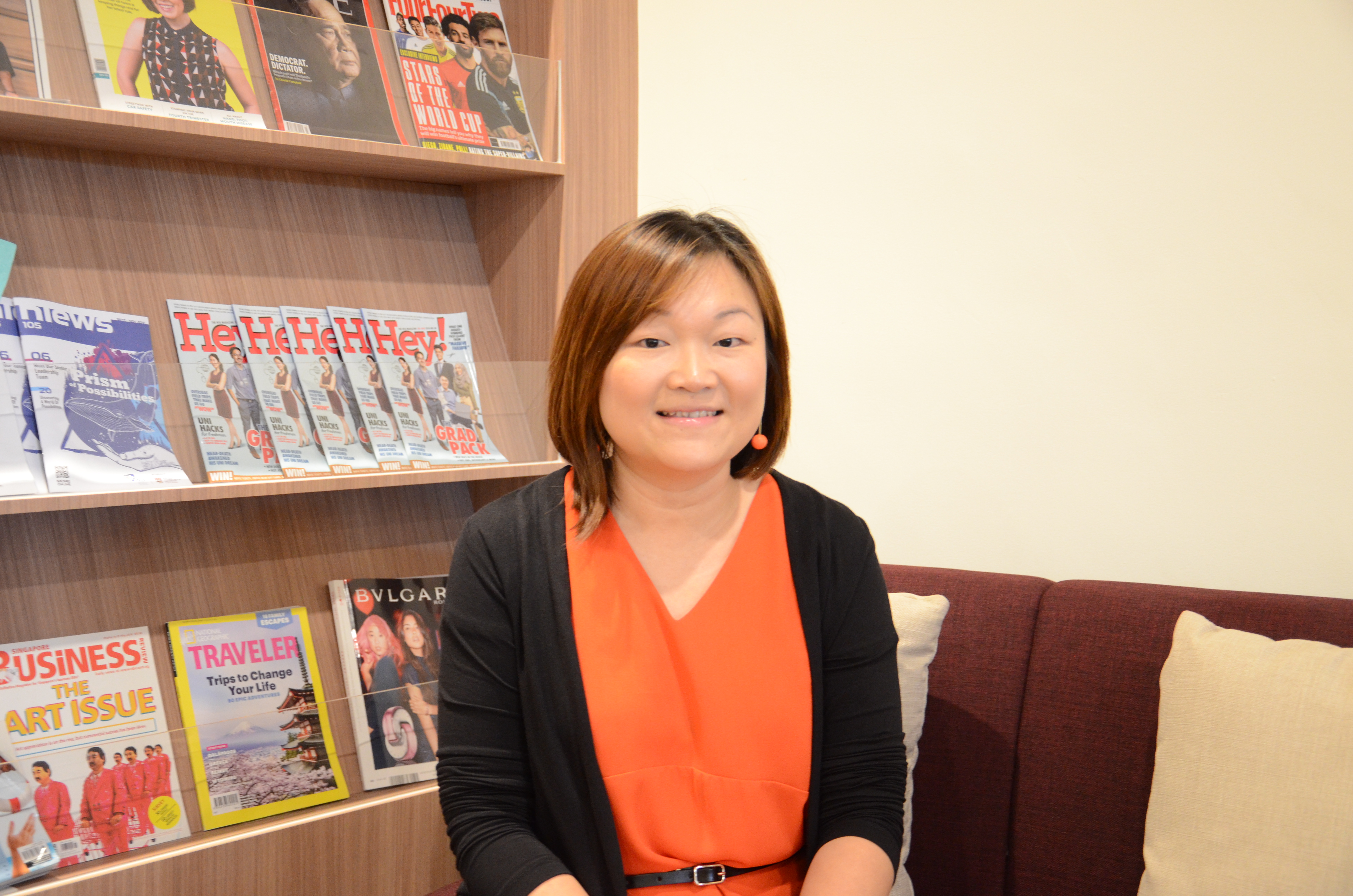Why Singapore’s English Teachers Should Embrace Singlish, Not Fight It
Is it time for Singaporean educators to embrace Singlish as a legitimate learning tool? What the Research […]
Read More
Feedback plays a crucial role in effective learning in the classroom. It helps students understand what is expected of them and also provides them with clear guidance on how to improve their learning. The Head of Department of Character and Citizenship Education from Juying Secondary School shares with us how she uses feedback as part of her classroom assessment.
A few years ago when Miss Shynn Lim was doing her Masters of Arts in Leadership and Education Change at NIE, she started a conversation about assessment and learning with one of her lecturers, Associate Professor Kelvin Tan who is also the guest editor of this issue.
The conversation inspired Shynn to explore ways to create more impactful tasks for students, gather evidence of students’ learning and improve feedback practices in the classroom.
“Most people generally associate assessment with grades but that isn’t always the case,” Shynn says. “In fact, there has been a shift of mind-set in teachers here where we use feedback as a form of assessment that doesn’t focus on grades at times.”
So what exactly, then, is assessment feedback?

“To me, assessment feedback is an experience – it’s a learning and two-way process that we bring the students through,” Shynn explains.
Feedback, when appropriately structured, helps students maximize their learning by raising awareness of their strengths and/or areas of improvement. It also empowers them to identify the actions necessary to address mistakes that are made.
Putting herself in the shoes of a student, she cites an example: “If you were to ask me to do corrections for a composition with comments scattered throughout the essay, how and where do I get started?”
Instead of just underlining the words and phrases throughout the written composition that requires correction, Shynn instead decided to focus on just one or two areas where she hopes to see improvements.
“Most students are visual learners so if you can highlight one or two important areas that you want to bring their attention to, they will find it much more manageable to take ownership of their learning and address their mistakes,” Shynn shares. To her, that itself is taking into consideration the socio-emotional needs of learners, which can also help build a more positive learning experience and teacher-student relationship, which are central to effective assessment feedback.
“Most students are visual learners so if you can highlight one or two important areas that you want to bring their attention to, they will find it much more manageable to take ownership of their learning and address their mistakes.”
– Shynn, on how teachers can help to make classroom assignments and corrections more manageable for students
Sharing another example, Shynn says, “A group of students was creating survey questions as part of a project and many turned out to be closed-ended. I thus stepped in and guided them to making the survey questions open-ended.”
Using Talk Moves, a school-wide approach in Juying Secondary, Shynn asks her students guiding questions such as: What are some questioning techniques that you know? How do you phrase your questions to allow for more quality responses?
With every question that Shynn asks, she finds her students giving responses such as: Maybe I should ask a “why” question. Asking guiding questions enhances their confidence as learners and motivates them to do better each time.
Shynn recommends guiding students in their thought processes through dialogues, questions and feedback to enable them to understand core concepts in Math and Science better. For Art, teachers may go into the details of explaining the choice of primary or secondary colours, or the ways to create visual impact on a poster. With techniques and considerations explained clearly, students will see the relevance of a task better and be able to create meaning out of it.
“As much as I see that dialogic feedback is definitely effective and impactful for students, at times I find it difficult to implement,” Shynn shares. “If you have to spend 15 minutes with each student and have two classes of 80 students, how do you then make time for that?”
To overcome time constraints, Shynn believes in taking advantage of pockets of time during lessons by walking around the class and providing students with instant feedback so they can improve their work immediately. That way, she can guide more students within the same amount of time. Giving bite-sized tasks and feedback also makes it more manageable for both teachers and students.
Despite the amount of planning and effort that goes into implementing assessment feedback practices in her lessons, Shynn believes that the successes her students experience through receiving feedback and then making improvements to their work make it all worth it for her.
In the larger scheme of things, having a teacher like Shynn work hand-in-hand with students imbues Juying Secondary School’s motto: Together We will Succeed.